Creating a "Color Symphony" in your home is an art that requires an understanding of colors' language and their impact on emotions. By thoughtfully harmonizing hues, you can orchestrate a visual masterpiece that not only enhances the aesthetics of your living spaces but also influences the mood and ambiance. A well-balanced color palette can create a harmonious flow throughout your home, ensuring that each room complements the others while maintaining its distinct personality.In the world of interior design, colors hold the power to transform a living space from mundane to magnificent. When chosen thoughtfully and harmoniously, colors can orchestrate a symphony that energizes, calms, and delights the senses. A well-executed "Color Symphony" in your home can create a vibrant and captivating ambiance that resonates with your personality and elevates your living spaces to new heights of visual delight. In this article, we will explore the art of harmonizing hues to create a truly vibrant and inviting home.The Language of Colors
Before we delve into the intricacies of color harmonization, it’s essential to understand the language of colors and their psychological impact on our emotions. Colors have the unique ability to evoke feelings, emotions, and memories, making them a powerful tool in interior design.
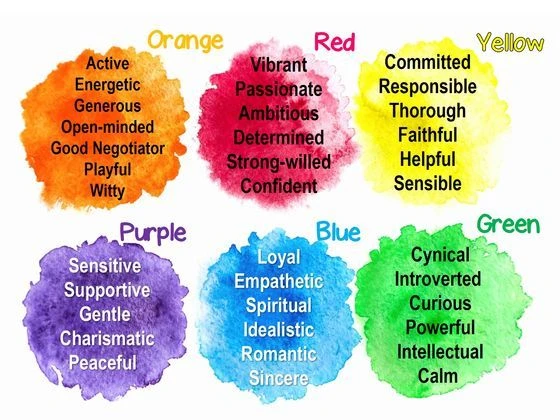
The Warmth of Reds and Oranges
Warm colors, such as reds, oranges, and yellows, are known for their ability to evoke energy, enthusiasm, and warmth. These hues can inject vitality into a space and create an inviting atmosphere that encourages social interactions and liveliness.
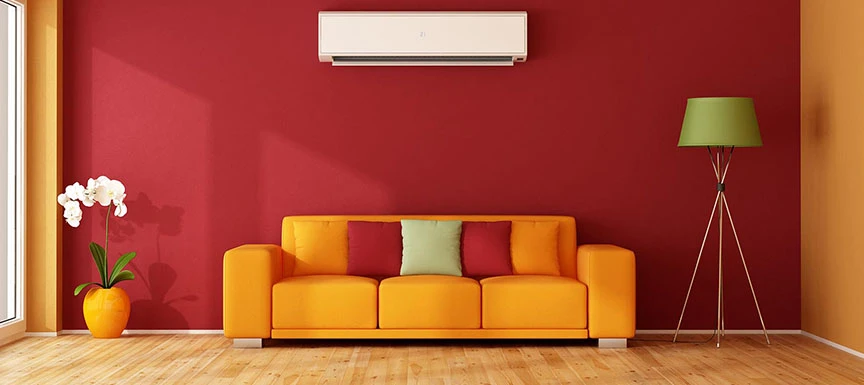
The Serenity of Blues and Greens
Cool colors, such as blues and greens, have a calming and tranquil effect. They evoke a sense of serenity and relaxation, making them perfect choices for spaces where one seeks respite and rejuvenation.
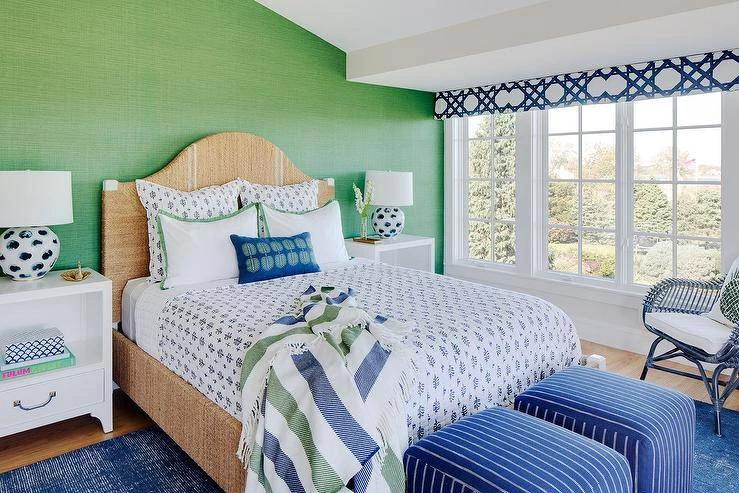
The Art of Harmonizing Colors
Creating a harmonious color palette for your home is akin to composing a beautiful symphony. Each color plays a unique role, and their combination determines the overall mood and ambiance of the space. Here are some key principles of color harmonization to consider:
If you need to correct your color palette with the website, I suggest you to get help from this website: palettemaker.com
Complementary Colors Balancing Opposites
Complementary colors lie opposite each other on the color wheel. When paired together, they create a dynamic contrast that enhances each hue’s intensity. For example, blue and orange, or purple and yellow, can create a visually striking and energetic combination.

Analogous Colors Smooth Transitions
Analogous colors are adjacent to each other on the color wheel. They offer a harmonious and seamless transition between hues. This creates a pleasing and unified effect, making it ideal for creating a calm and inviting atmosphere.
See also: Interior painting services in Melbourne
Monochromatic Elegance Exploring Shades and Tints
A monochromatic color scheme involves using different shades and tints of a single color. This approach adds depth and sophistication to a space while maintaining a sense of harmony. For instance, a room adorned in various shades of blue can exude elegance and sophistication.
Remember that the power of colors extends beyond mere aesthetics; it can profoundly affect your emotions and well-being. For this reason, take the time to explore various color combinations, experiment with different shades, and consider how the natural light in each room interacts with the chosen colors.
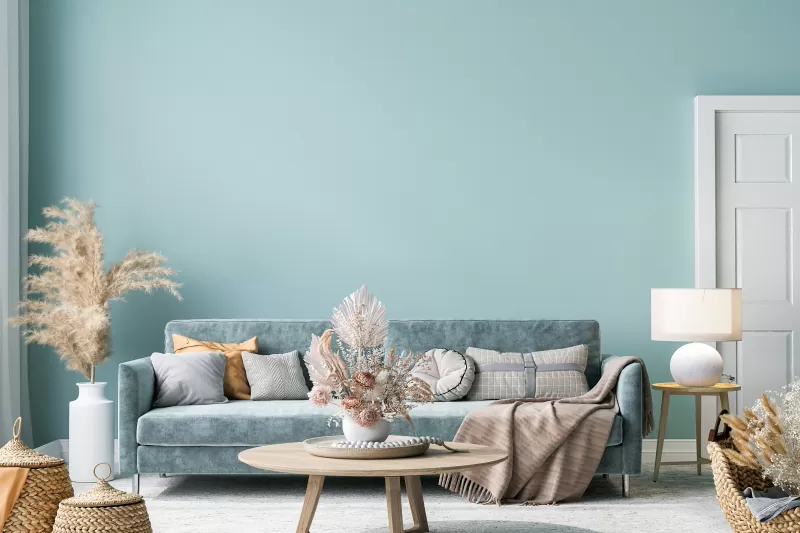
A well-executed color symphony will elevate your home, creating an inviting and vibrant environment that brings joy to both you and your guests. While harmonizing colors plays a pivotal role, don’t forget the impact of accent colors.
Pops of Color Accentuating with Boldness
While harmonizing colors lay the foundation for a captivating home, adding pops of bold colors as accents can elevate the visual interest and create focal points in a room. Here are some ways to incorporate accents of bold colors:
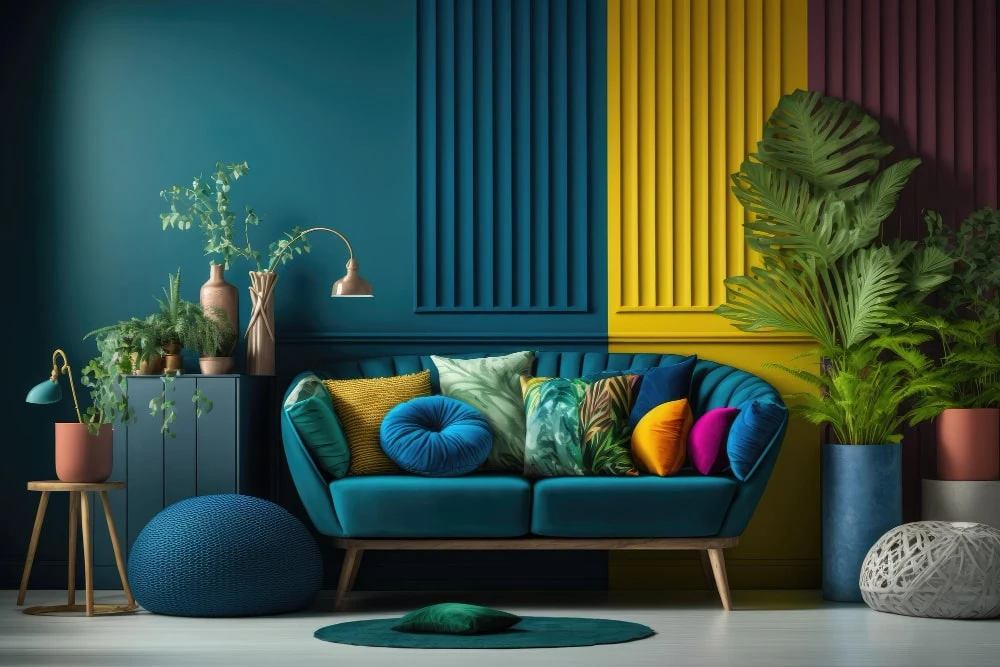
Statement Furniture and Decor
Introducing statement furniture or decor pieces in bold colors can inject personality and flair into a space. For instance, a vibrant red sofa or an eye-catching green accent chair can become the focal point of a living room.
Bold and vibrant accents can infuse a space with personality and add excitement. Utilize statement furniture, colorful artwork, or playful decor pieces to create focal points that draw the eye and spark conversation.
As you embark on the journey of creating a color symphony, remember to consider the function of each space. The emotions you wish to evoke in your living room may differ from those in your bedroom or home office.
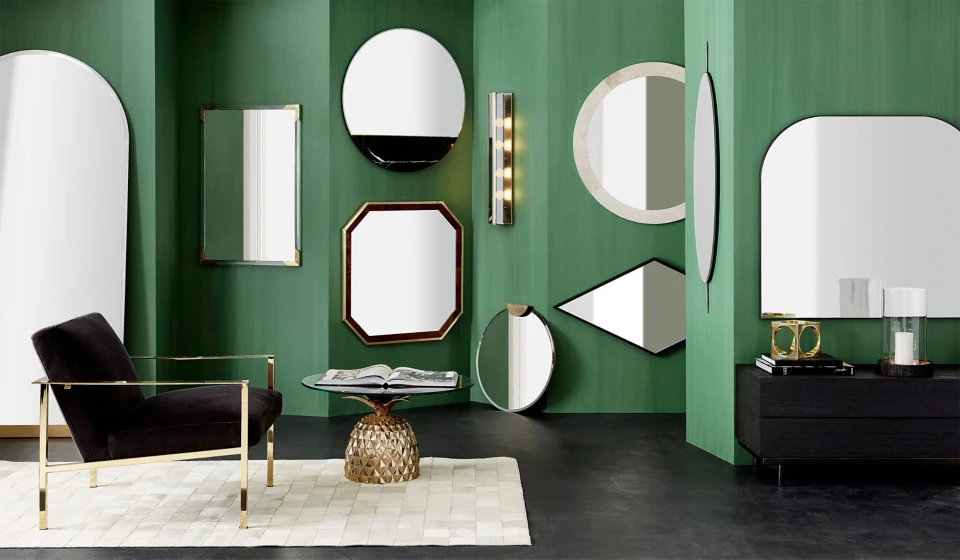
Playful Patterns and Textures
Patterns and textures in bold colors can add excitement and dynamism to a room. Consider incorporating colorful area rugs, throw pillows, or curtains to infuse a sense of playfulness and creativity.
The Impact of Color Symphony on Different Spaces
Tailor the color palette to suit the purpose of each room while maintaining a cohesive flow throughout your home. Implementing a color symphony is a personal and creative process, so trust your instincts and preferences.
Don’t be afraid to mix and match colors, explore different combinations, and seek inspiration from various sources. A mood board can be a valuable tool to visualize how the colors will come together and create the desired ambiance. If you want use our services, just House Painting in Melbourne.
Each room in your home serves a unique purpose, and the choice of colors can influence its functionality and mood. Let’s explore how a color symphony can transform various spaces:
Living Room A Space for Gathering
The living room is often the heart of a home, where family and friends gather to relax and socialize. Here, a harmonious color palette with warm and inviting hues can create an atmosphere that encourages conversation and warmth. Adding pops of bold colors through artwork or decorative elements can infuse energy into the space.
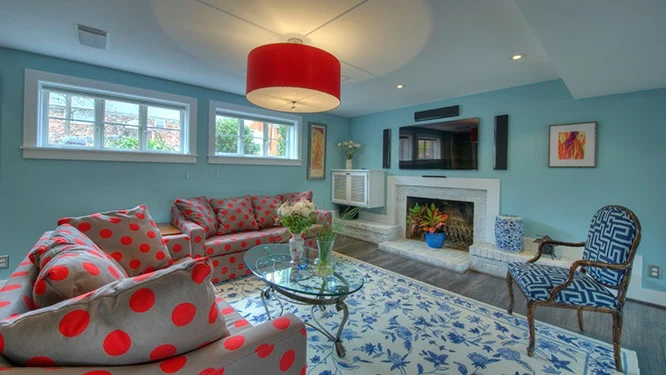
Bedroom A Haven of Serenity
The bedroom is a personal sanctuary, a space to unwind and find peace. Cool and calming colors, such as soft blues or soothing greens, can create a serene and restful environment. Complementing the space with touches of warm accents can add a touch of coziness and comfort.
Kitchen A Hub of Energy
The kitchen is a space that bustles with activity and creativity. A combination of warm and cool colors can strike the right balance between invigorating energy and a sense of calmness. Vibrant accents in the form of kitchen accessories or a colorful backsplash can add liveliness and excitement.
See also : Cabinet Painting in Melbourne
Dining Room A Place of Gathering
The dining room is where we gather for shared meals and cherished memories. A harmonious color palette that complements the living and kitchen spaces can create a seamless flow throughout the home. Consider using analogous colors to create a smooth transition between the areas.

Home Office A Space for Productivity
A home office should inspire productivity and focus. A well-balanced color symphony that incorporates both warm and cool tones can create an environment conducive to concentration. Add pops of bold colors through decor or artwork to add visual interest and motivation.
See also : Exterior Painting Services in Melbourne
Implementing the Color Symphony
Implementing a color symphony in your home can be an exciting and creative process. Here are some steps to help you achieve a harmonious and vibrant space:
Step 1: Understand Your Personal Preferences
Consider your personal preferences and the emotions you want each room to evoke. Think about the activities that will take place in each space and how you want to feel while engaging in them.
Step 2: Create a Mood Board
Gather images, color swatches, and inspiration from magazines, websites, or social media platforms. Create a mood board that reflects the colors and atmosphere you wish to achieve in each room.
Step 3: Choose a Dominant Color
Select a dominant color for each room, which will serve as the foundation of your color symphony. Consider how this color will influence the overall mood and ambiance. You can find an attractive color palette on the website: www.canva.com

Step 4: Explore Harmonizing Colors
Using the dominant color as a starting point, explore complementary and analogous colors that harmonize well with it. Pay attention to how different combinations make you feel and how they interact with the natural lighting in each room.
Step 5: Incorporate Accents
Add pops of bold and vibrant colors as accents to create focal points and add visual interest. Consider using accent walls, colorful decor pieces, or artwork to achieve this effect. You can find an attractive color palette on the website: colorhunt.co
Step 6: Test the Colors
Before committing to a color scheme, test the colors by painting small swatches on the walls or using temporary peel-and-stick decals. Observe how the colors appear in different lighting conditions throughout the day.
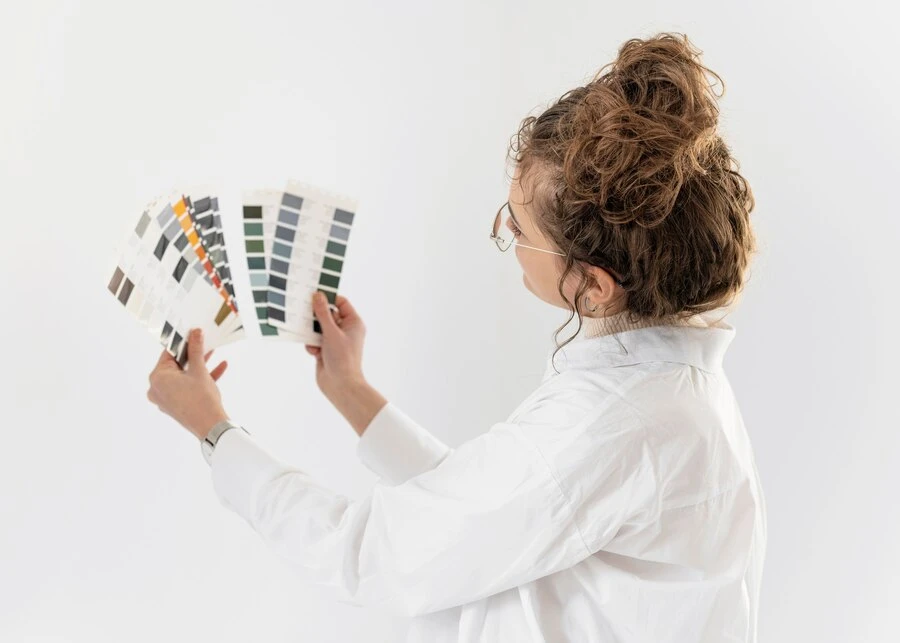
Step 7: Achieve Balance
Balance is key when harmonizing colors. Ensure that no single color overwhelms the others and that each hue complements the overall color scheme.
Step 8: Seek Professional Advice
If you’re uncertain about choosing the right colors or creating a harmonious color symphony, consider consulting with a professional interior designer or color consultant. Their expertise can help you achieve the desired effect and avoid potential pitfalls.
Conclusion
If you find yourself overwhelmed or unsure about your choices, don’t hesitate to seek advice from a professional interior designer or color consultant. Their expertise can provide valuable insights and guide you toward creating a color symphony that aligns with your vision and lifestyle.
In conclusion, creating a vibrant and harmonious home through a “Color Symphony” is an exciting and rewarding endeavor. By understanding the language of colors, harmonizing hues, and adding pops of bold accents, you can transform your living spaces into a captivating and inviting sanctuary.
Let the colors guide you in expressing your personality and infusing your home with positivity and joy. Now, go forth and embrace the magic of colors as you embark on this colorful journey of transforming your house into a harmonious and vibrant home.
Yes, neutral colors can be part of a vibrant home's color symphony. When paired with bold accent colors or combined in an elegant monochromatic palette, neutrals can create a sophisticated and lively ambiance. To ensure a smooth flow, consider using a unifying element, such as a common accent color or decor style, that connects the different spaces. This will create a cohesive transition throughout your home. To ensure a smooth flow, consider using a unifying element, such as a common accent color or decor style, that connects the different spaces. This will create a cohesive transition throughout your home. While color trends can be inspiring, it's essential to consider your personal preferences and the long-term appeal of the colors. Combining timeless hues with trendy accents can strike a balance between enduring style and contemporary flair.Are neutral colors suitable for a vibrant home?
How can I ensure a smooth flow between rooms with different color schemes?
Can I change my color scheme without repainting the entire house?
Should I follow color trends or choose timeless hues?

